
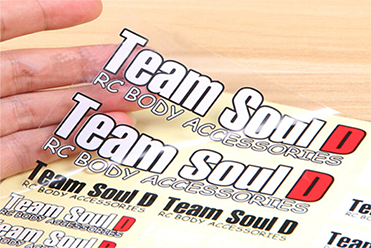
UV printing
UV printing is a unique method of printing utilizing ultraviolet (UV) light to dry or cure ink, increasing the brightness of the product to make the product show a better brighter effect, it can effectively protect the surface of the product, and has high hardness, abrasion resistance,and less prone to scratches.
It is mainly applied to the smooth surface for materials such as PVC / PET transparencies,laser cards and pearlescent papers.
Products are generally high-end commercial albums,product brief covers,magnetic cards,special labels and boutique packaging.
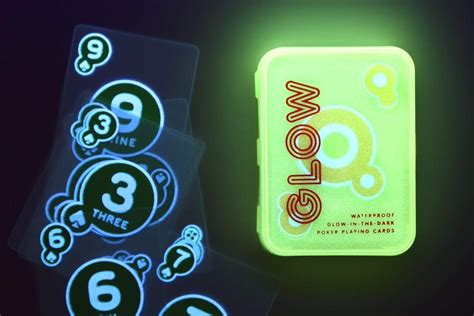
Special ink
Different from general color inks, some inks can provide additional features such as: fragrance, pearl shininess, conductive, electrode lighting, night luminous, scratch off and carbon paper effect,etc., it can also achieve anti-forgery recognition through the above features.
Suitable for all kinds of electronic products, toys, food products, pharmaceutical products, technology products with special needs.
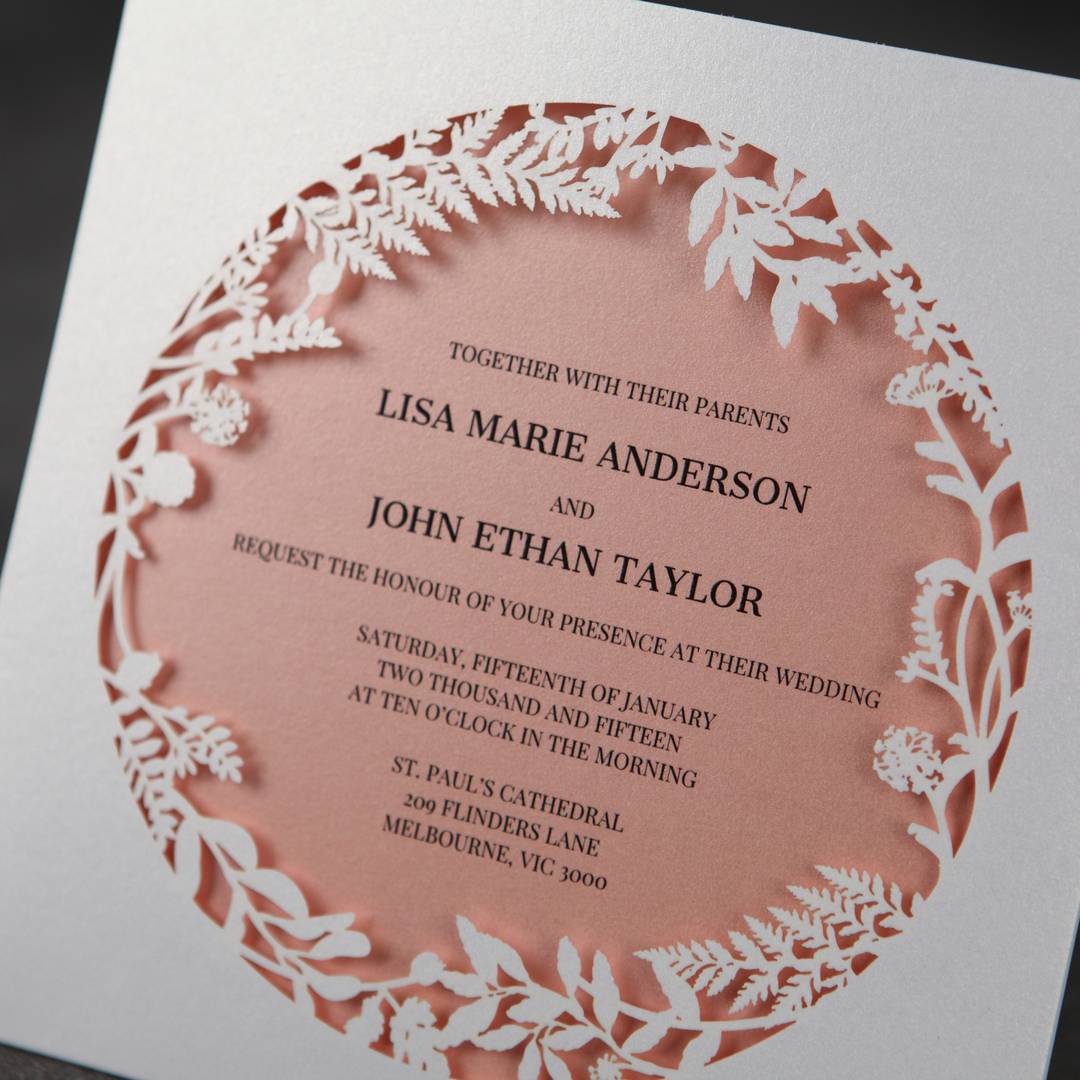
Laser cutting
By making use of the high energy density characteristic of lasers, it is projected onto the surface of the paper and generating cut through process. Compared to ordinary die-cutting that make use of blade, laser is far more superior as it is highly precise.
Laser cutting is used specifically for dense and sharp graphics.Text and images can also be reproduced on a variety of paper stock very accurately.The laser can create die-cuts which are very small in size or in very fine details,with a significant amount of clarity and high definition.
Applicable to toys, electronics, stickers, high-end hardcover book and other premium products.
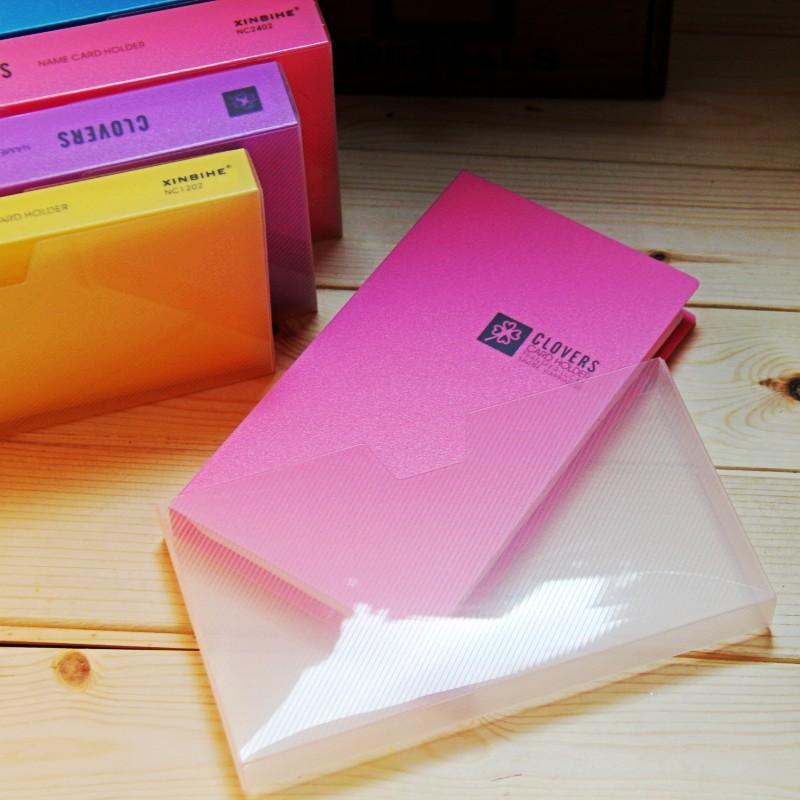
Silk screen printing
Silk screen printing is one of the most popular printing techniques, and has strong adaptability, which not only can be printed on the flat surface, but also can be printed on the curved surface and the surface of the uneven surface. Silk screen printing can be printed on hard objects such as paper and film, and can also be printed on soft objects (such as fabrics and PU materials), regardless of the texture of the substrate. The ink layer is thick and rich, which turns out a strong three-dimensional feeling. It is usually printed in monochrome, but it can also be used for color registration and screen printing.
The silk screen effect is more suitable for the packaging of common special fabrics, such as PVC boxes, notebooks and luxury packaging.
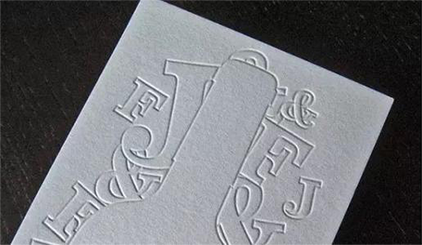
Embossing/debossing
This is a special technique to add elegance and sensuality to the surface of printed materials. By adding pressure and using a emboss or deboss mold to produce various patterns on the surface, the process is designed to form a three-dimensional relief pattern or texts on printed materials, so as to highlight a certain part of the overall design and increase the intuitiveness and the artistic touch of the final product.
Suitable for packaging boxes, trademarks and bookbinding, calendars, greeting cards, book covers, gift packaging, advertising leaflets, posters, shopping bags, cosmetic boxes, envelopes (notepads), children's books, etc.
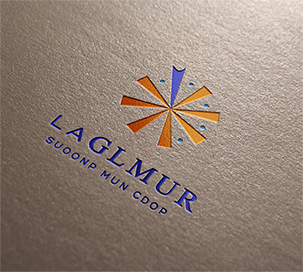
Hot foil stamping
Hot foil stamping is a very versatile method of printing by heat and pressure. The entire surface hot stamping process capable of exhibiting a shiny metallic finish, with certain benefit on excellent solid texture, strong hiding power and highly sculptured feeling,without any ink residue,pungent taste steam, and pollution.Clear and colorful eye-catching pattern can be made by just simple steps ,which are easily and sufficiently to enhance product quality.
Suitable for any paper, PVC, PET, plastic, leather, etc.
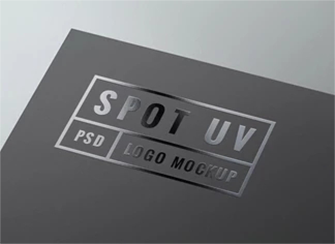
Spot UV
A kind of finishing technique for printed matter, it is a perfect way to highlights visual contrast between the brightness of specific print area and the background. A transparent layer is applied to certain areas that have been printed with wax free Lithographic ink. It increases the transparency and abrasion resistance on the printing material. Optional matt, high-gloss or sand matt, etc., to improve the surface decoration of the printed matter, with the layout design to make the printed matter more stylish, and show the high- end of the product.
Mainly used in book covers, color boxes, posters, shopping bags, envelopes, gift boxes, etc.
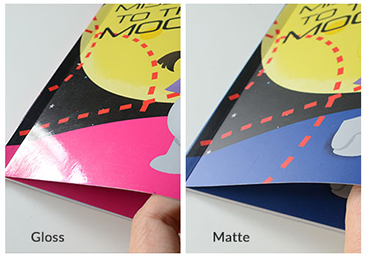
Gloss /matt lamination
Lamination is the process of applying a thin layer of plastic to paper to enhance and protect the printed matter. The laminating process has a certain touch. The thin and transparent PET film not only improves the gloss and flatness of the printed matter, but also prolongs the life of printed matter, and plays a role in waterproofing, anti-fouling, grinding, folding resistance and chemical corrosion resistance. Gloss lamination can make the color brighter, giving people a very bright feeling; matt lamination, can make the color more stable, giving people a very elegant feel.
Applicable to electronic product boxes, toy boxes, cosmetic boxes, medicine boxes, food boxes and other product packaging boxes, can also be used for paperback book covers, cardboard boxes, etc.
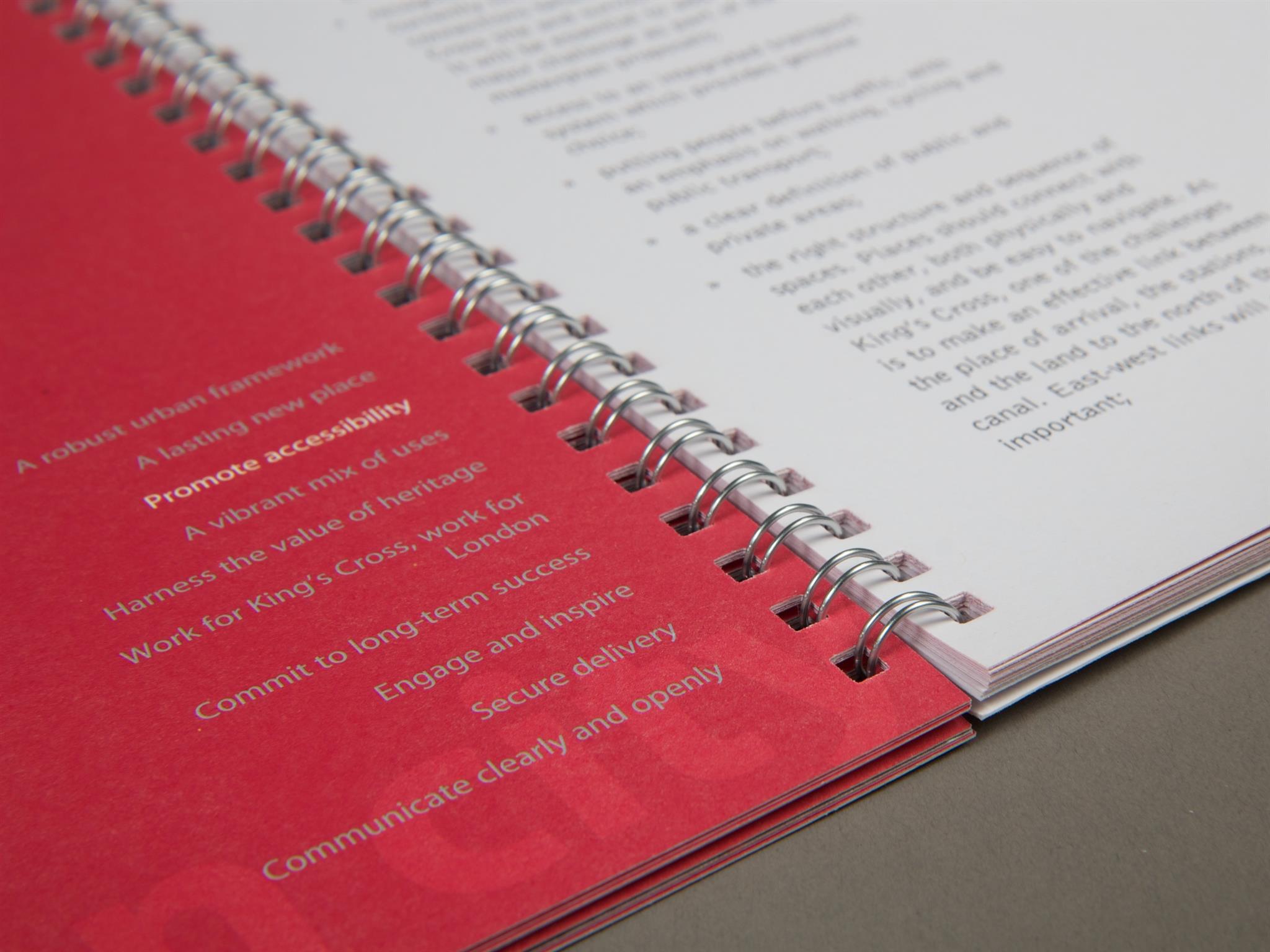
Coil binding
Our binding capabilities apply respectively to double coil or single coil in plastic as well as metal wire-O ring hook calendars in various specifications in any color. Imported plastic wrapped wires are used, which meets all kinds of European and American environmental protection safety standards. The spacing are accurately maintained, with the shingly nylon outer layer and the harden steel coil, enhanced products durability.
Suitable for products that needed to flip all the way back constantly and still maintain stiffness, such as desk calendars and notebooks.
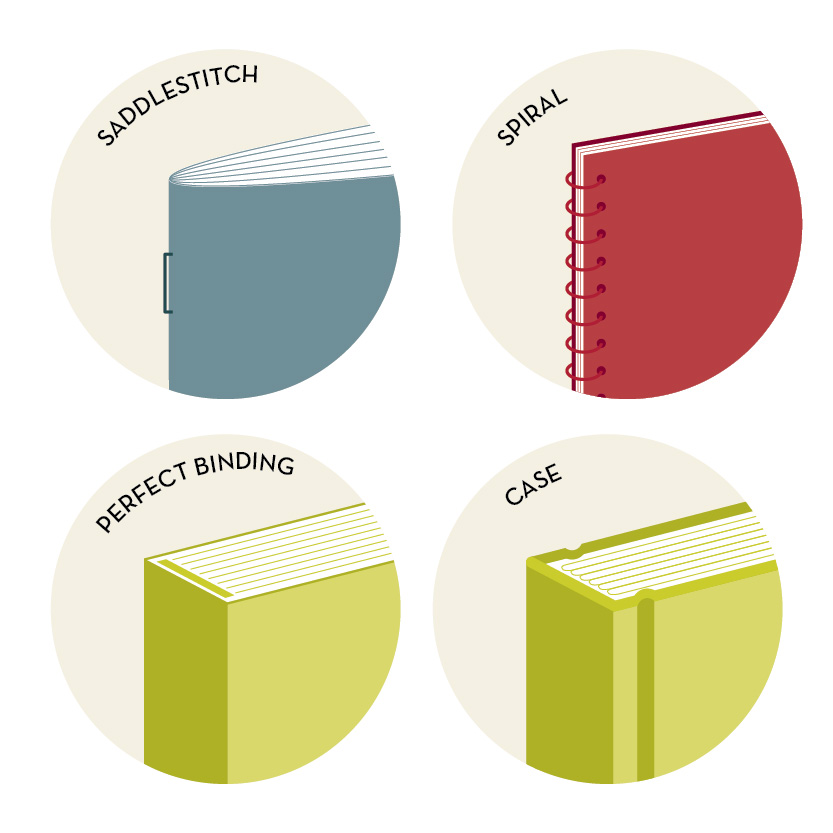
Books binding
Our binding capabilities apply respectively to different styles and different thick publication types: saddle stitch, perfect bind and section sewn perfect bind.
Saddle-stitching is the simplest type of binding and is typically used for thinner products such as instruction booklets or brochures. For thicker publications such as magazines or textbooks, perfect binding is used to increase the durability of the product. Hardcover binding is used for premium or collection-oriented publications, such as photo albums, estate brochures and journals, and can be complemented with kinds of book back, book corner, surface material, or hot stamping effects, to create different styles for the product.
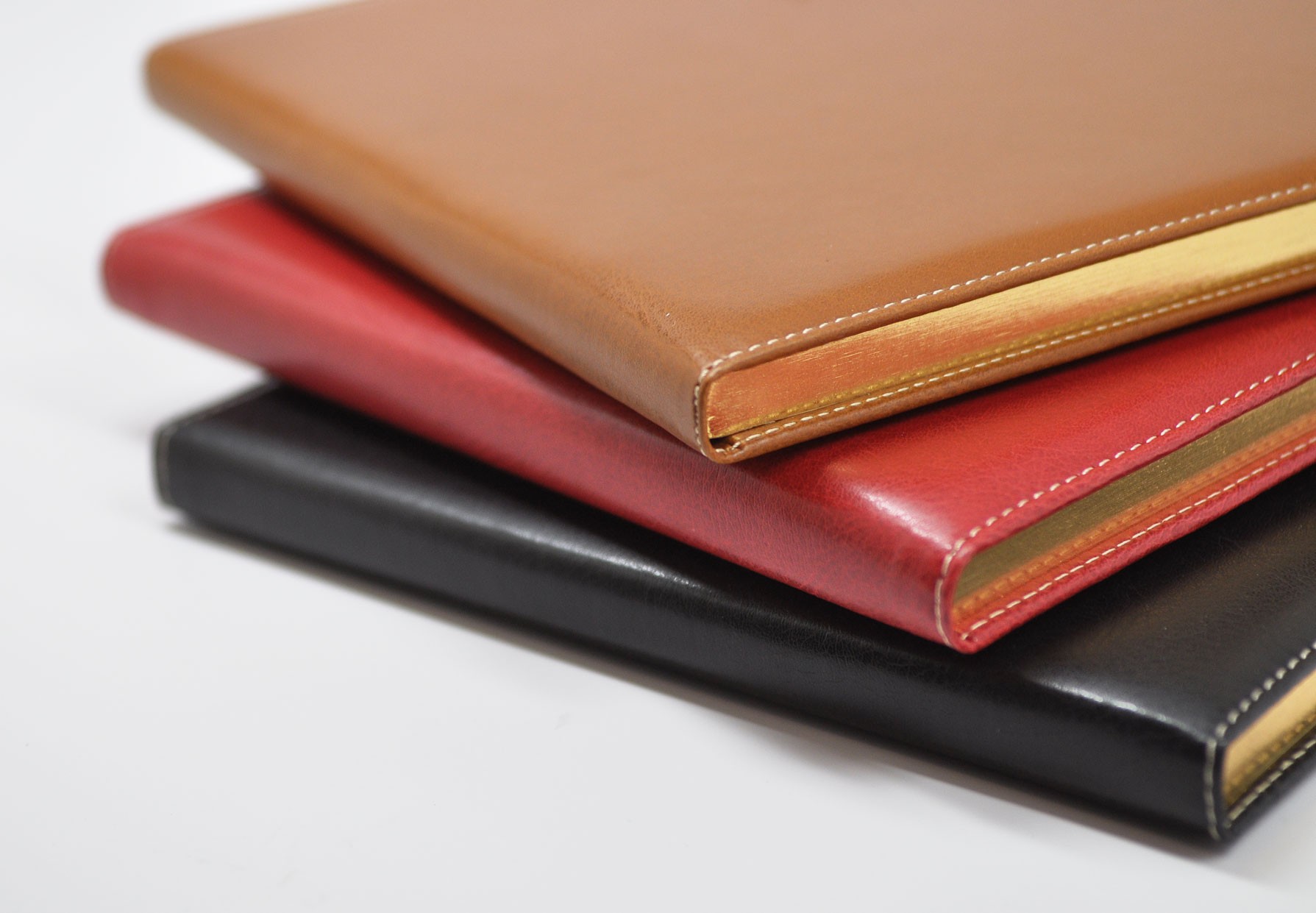
Special cover materials
In addition to general printing paper, other special materials can also be used, such as: PU, velvet binding cloth and imitation leather. Special materials can be used to make the product more attractive, durable and outstanding. The use of different materials enhances the appearance, texture and durability of the product, and is generally complemented with hot foil stamping; embossing or debossing effects.
This process is suitable for hardcover books, book covers and gift boxes which require less surface printing.
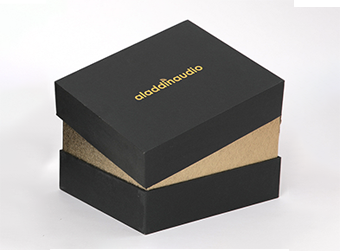
Gift and premium box
High stiffness resistance to non-demolition cardboard, fiber-boards and similar materials are used. The thickness of the board is generally 1 to 2 mm and wrapped with different types of materials such as fabrics, special paper, silk cloth and imitation leather foil. This is used mainly for products needed strong structure. Its solidness greatly enhances product class.
Suitable for all kinds of premium boxes with special shapes, such as tea boxes, watches boxes, perfumes boxes, jewelry boxes and handicrafts. It is also used for valuable books, such as commemorative albums, photo albums, property sales brochures, as well as corporate annual notebooks.
